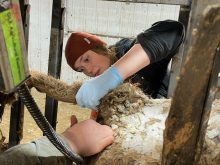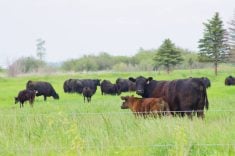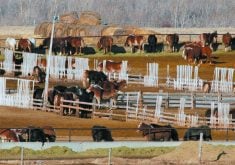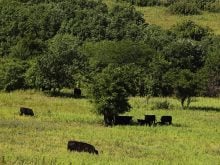Manufacturers issued several precautions when modified live vaccines, particularly those that protect against infectious bovine rhinotracheitis and bovine virus diarrhea, were first developed.
The modified live vaccines, which provide longer lasting protection than killed vaccines, cause a mild form of the natural disease to stimulate the immune system.
The IBR and BVD natural infections cause respiratory, as well as reproductive disease such as abortions and stillbirths, which prompted the manufacturers to write vaccine labels that cautioned against administering them to pregnant cows. The label also cautioned against giving the product to calves nursing on pregnant cows.
Read Also
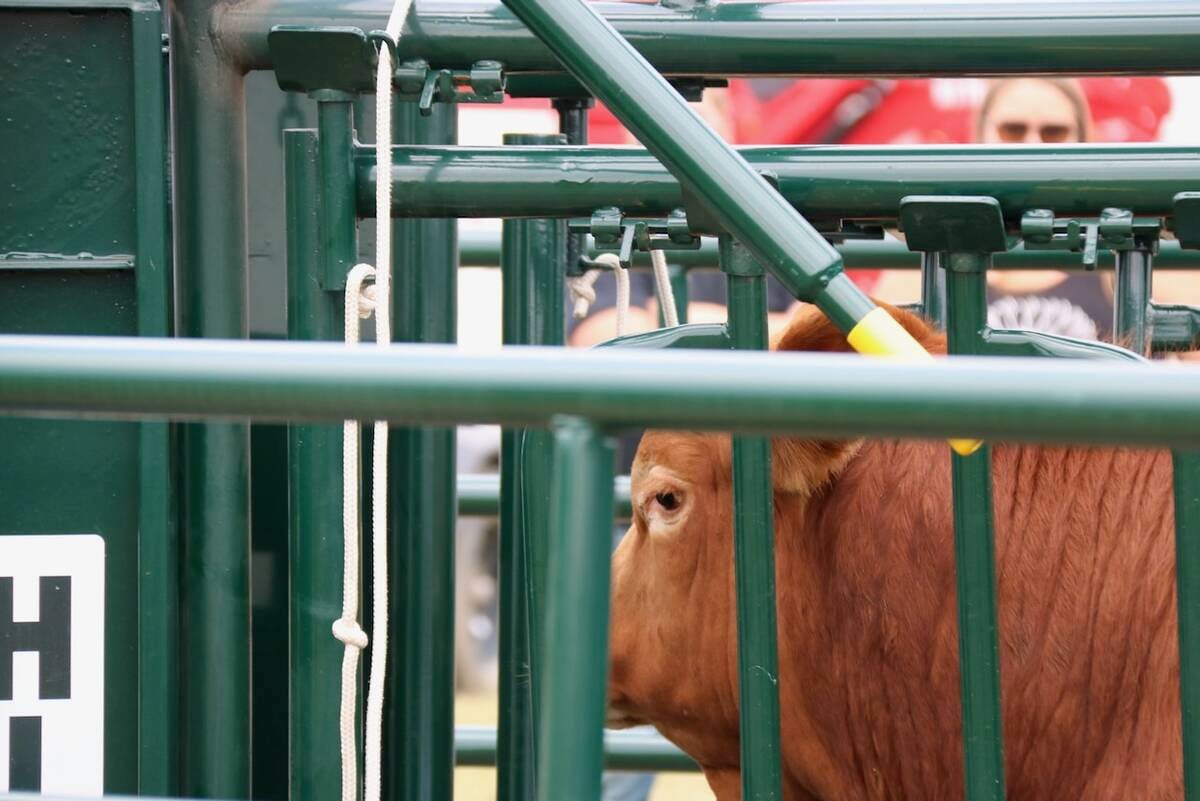
Good handling equipment a must on cattle operations
It’s important for the safety of producers and everyone else dealing with their stock that handling equipment is functional and safe.
The warning about giving the vaccine to nursing calves was based on the fear that vaccinated calves could shed the virus and pass it on to their pregnant mothers.
However, it was proven that cows are protected from their calves as long as they were vaccinated before breeding.
Other studies showed there was little if any shedding from recently vaccinated calves to each other or their mothers.
Armed with this new information, many labels changed to include statements that calves could be vaccinated and still nurse their pregnant mothers as long as the mother had been vaccinated with that company’s vaccine.
The fetal protection or pregnant cow claim really came about because of the difficulty that larger producers have in separating cows from their young calves and vaccinating the cows before they are bred.
It would be most convenient to vaccinate in late pregnancy, at the same time as pregnancy checking, culling, vaccinating for scours and separating and weaning calves.
In dairies, a good time to use the modified live program is when the cows are in the milk dry-off period that occurs at about seven months into pregnancy.
It makes sense that a vaccine that protects against a wild strain of the virus would also protect against the same vaccine administered to a previously vaccinated pregnant cow.
Companies that made the vaccines proved this in challenge models. They then tended to put the “pregnant cow” claim on the label identifying this proven duration of protection. The labels would then state, “provided before the previous breeding the cows had been administered the same vaccine.” Cows could then be vaccinated every year after that.
The safety of vaccinating breeding females depends on having a previous and sustained immune response with vaccination.
However, there is never a 100 percent guarantee all vaccinated cows are fully protected.
It pays to proceed with caution and identify where gaps in your vaccination process could occur.
For example, ensure that purchased new pregnant females were properly vaccinated.
Was the vaccine handled properly the year before while vaccinating?
Record keeping in your own herd is important to ensure animals are vaccinated each year. Otherwise, there is the possibility of unvaccinated animals because they were missed during roundup or you ran out of vaccine. Missed cows could become susceptible to abortion.
The registration process for new vaccines is tighter now. To carry the safety claim, the vaccine must be proven to provide protection through each of the three trimesters.
Veterinarians who carry the products can safely advise their clients that the vaccines are safe to give during pregnancy as long as the cow had been previously vaccinated.
I always receive a few questions about this:
- What do I do if I use a vaccine combination that also addresses vibrio and leptospirosis? The vibrio and lepto components of the vaccine are killed and so are inherently safe.
- When vaccinating my pregnant animals, can I use a vaccine different from the one previously used on the animal? Yes, if the previous product was an IBR and BVD modified live vaccine and the label said it was safe to give to pregnant cows.
The best time to give the live IBR and BVD vaccines is two to four weeks before breeding to provide the ideal, maximum level of protection when cows or heifers are pregnant.
The second best time is the last trimester of pregnancy, as long as the animal was previously vaccinated with the live product before breeding the first time. The fetus is old enough to mount an immune response at that time.
Vaccinating all cow herds in Canada will mostly eliminate the BVD persistently infected and congenitally infected calves, which further enhances the overall health of the herd.





